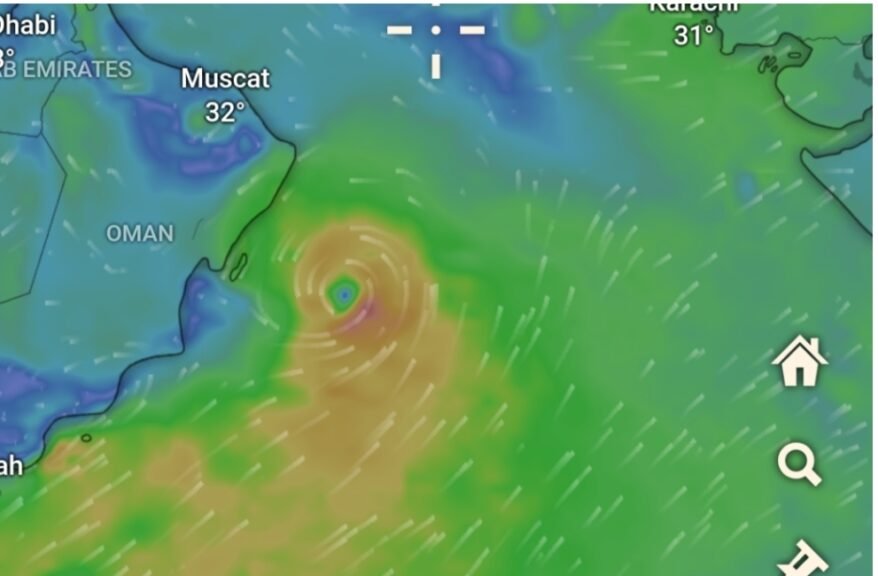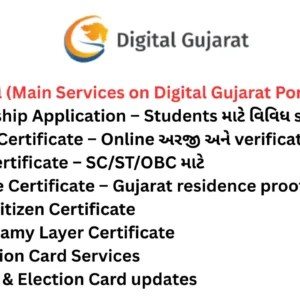Windy.com: A Comprehensive Guide to the Weather & Wind Mapping Platform
Windy.com: A Comprehensive Guide to the Weather & Wind Mapping Platform:In today’s increasingly climate-aware world, having access to accurate, up-to-date weather information is more important than ever. For professionals and hobbyists alike—such as pilots, sailors, kiteboarders, meteorologists, and travelers—knowing wind conditions, precipitation, temperature, and storm forecasts can make a huge difference. That’s where Windy.com comes in. Often called simply Windy, it’s a powerful, interactive, map-based weather and wind forecasting tool that offers detailed insights into weather phenomena globally.
In this article, we’ll explore what Windy.com is, how it works, its main features, advantages and limitations, and practical tips for getting the most out of it.
What is Windy.com?
Windy.com is a web and mobile application that provides real-time and forecasted weather data overlaid on highly interactive maps. Its main selling point is visualization — the ability to see wind, rain, temperature, clouds, and other weather data as animated maps, enabling users to “see” how the weather will evolve spatially.
Originally focused on wind forecasts, Windy has expanded to include many other meteorological data layers and tools. It’s widely used by professionals (aviators, sailors, storm trackers) and enthusiasts (paragliders, surfers, travelers) thanks to its accuracy, interface, and customizability.
Key features of Windy.com
Here are the main features that make Windy stand out:
1. Interactive, animated weather maps
One of Windy’s strongest features is its animated map interface, which visualizes wind, temperature, precipitation, waves, clouds, and more. You can zoom in/out, pan across the globe, and see changing patterns over time.
2. Multiple forecast models
Windy supports several meteorological models, such as ECMWF (European Centre for Medium-Range Weather Forecasts), GFS (Global Forecast System), ICON, NAM, and others. Users can compare models to understand forecast uncertainties and differences.
3. Layered weather data
Windy allows users to overlay and toggle various layers:
Wind speed and direction
- Rain, snow, and precipitation
- Temperature (surface and height)
- Pressure and isobars
- Waves and swell (important for marine users)
- Cloud cover and visibility
- Lightning, humidity, CAPE (convective potential) etc.
This flexibility helps users tailor the display to their needs.
4. Custom profiles and alerts
Users can set up profiles (e.g. for sailing, paragliding, aviation) that highlight relevant parameters. They can also configure alerts and notifications for threshold events (e.g. strong wind, heavy rain) to stay informed proactively.
5. Weather radar and satellite imagery
Windy integrates radar and satellite visuals, which are helpful for short-term forecasting, monitoring storms, and tracking weather systems in real time.
6. Forecast timeline and point details
Clicking on a specific location gives detailed hourly/daily forecasts, profile data, and parameter graphs. The timeline slider lets you scroll forward/back to see forecasts change over time.
7. Community and additional tools
Windy provides access to other user tools like webcams, weather stations, and custom overlay plugins. This enhances local verification and user-driven observation.
8. Mobile and desktop accessibility
Windy is available both as a web application and on mobile devices (iOS and Android). This allows users to check weather on the go and sync settings across platforms.
to use Windy.com effectively: Step-by-step tips
Here are some practical tips and best practices to make the most of Windy.com:
Step 1: Choose your correct forecast model
Windy allows switching between models (ECMWF, GFS, ICON, etc.). Start with a reliable global or regional model, then compare differences. Differences can point to forecast uncertainty.
Step 2: Select relevant layers
Depending on your needs (wind, rain, waves, temperature), turn on/off appropriate layers. Default views are good, but customizing gives more insight.
Step 3: Use profiles and alerts
Set up a profile matching your activity (aviation, sailing, etc.). Configure alerts for thresholds you care about (e.g., wind speed > X, heavy rain).
Step 4: Analyze the timeline and point forecasts
Click on points of interest to see hourly/daily graphs. Use the forecast timeline slider to see how conditions change.
Step 5: Combine with radar and satellite
For short-term monitoring, overlay radar and satellite data to track developing storms or change in weather patterns.
Step 6: Cross-verify and use local sources
Use webcam layers and real-time data (if available) to check local conditions. Cross-verify with local meteorological services or forecasts.
Step 7: Save and share views
Windy allows saving locations and map setups, and sharing via URLs. Useful for collaborators, teams, or travel planning.
SEO angles and keywords you might target for Windy.com content
If you’re writing content or building a site around Windy, here are some possible high-traffic keyword ideas and SEO strategies:
- Windy.com review / Windy weather app review
- Wind forecast tools — global & local
- Best weather apps for sailors / pilots / paragliders
- Wind radar, wave forecast, marine weather maps
- How to read Windy.com models and maps
- Windy.com vs [competitor weather services]
- Live wind map: use cases, tips, and tricks
Using these keywords in your headings, meta descriptions, alt texts, and body content can help improve search visibility.
👉 ઓનલાઇન વાવાઝોડુ જોવા માટે અહીં ક્લિક કરો
recommended.
- Windy App પર વરસાદ લાઇવ જોવા માટે અહીં ક્લિક કરો
- હવામાન વિભાગની આગાહી જોવા માટે અહીં ક્લિક કરો
- અંબાલાલ પટેલની આગાહી જોવા માટે અહીં ક્લિક કરો
- ગુજરાતમાં જિલ્લા વાઇસ ક્યાં કેટલો વરસાદ પડ્યો જોવા માટે અહીં ક્લિક કરો
Potential content structure for a full article or guide
Here’s a suggested structure for a longer, SEO-rich guide/article (~2,000 words) on Windy.com or similar tools that you could adapt or expand:
- Introduction (why accurate weather/wind forecasts matter)
- What is Windy.com? (history, purpose, audience)
- Key features & capabilities (detailed breakdown)
- Comparison with other weather apps/tools (strengths and weaknesses)
- How to use Windy.com step-by-step (including model selection, layers, alerts)
- Real-world use cases (piloting, sailing, extreme weather tracking, adventure planning)
- SEO keywords and search intent guidance (for article writers)
- Tips, tricks, and lesser-known features (e.g. plugins, APIs, sharing views)
- Limitations and cautions (data uncertainties, best practices)
- Conclusion and future outlook (e.g. climate change, improving forecasting, mobile trends)
Conclusion
Windy.com is a powerful, feature-rich platform for visualizing weather, wind, precipitation, and many other meteorological variables. Its major strengths are ease of visualization, model comparison, layered data, and real-time tools. It’s especially useful to professionals and outdoor enthusiasts who require detailed, reliable forecasts.
However, as with all forecast tools, Windy should be used thoughtfully, with awareness of its limitations, and in conjunction with authoritative local sources and cross-verification.
If you want, I can polish this into a fully SEO-optimized ~2000-word article ready to publish (with headings, images, infographics, keyword density check, and meta tags). Do you want me to prepare that for you?
For Government Scheme : Click Here

मै सरकारी एम्प्लोई हु और सरकारी भर्तिया और योजना के बारेमे अच्छी नोलेज रखता हु। मेरे लेख से आप नवीनतम सरकारी नौकरियों, सरकारी योजनाओं और लाभकारी सूचनाओं के बारे में विश्वसनीय और अद्यतन जानकारी प्राप्त कर सकते हैं। मेरा उद्देश्य भारतीय नागरिकों को रोजगार और विकास के अवसरों के बारे में अधिक जागरूक बनाना और इसके लिए प्रक्रियाओं को सुविधाजनक बनाना है।





